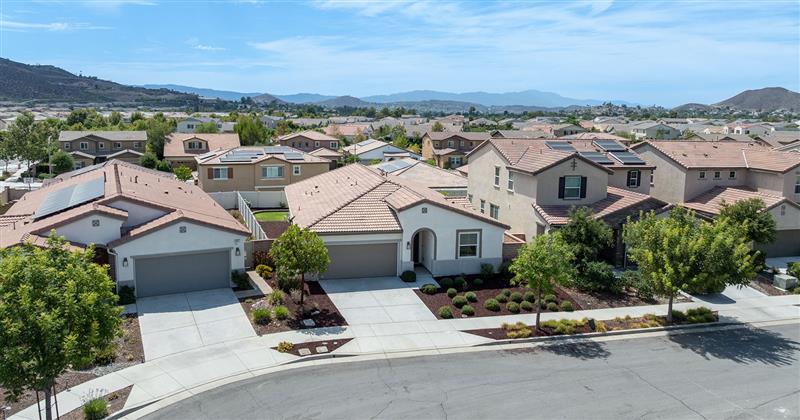Access to reliable and immediate funding can make or break a short-term investor’s portfolio. That is why savvy investors turn to bridge lending programs. Although bridge loan rates are slightly higher (8.99% – 11.99%) than conventional loans (6.50% – 7.00%), these flexible short-term options provide investors with adequate and fast funding to capitalize on the latest market opportunities. Unfortunately, investment beginners often balk at the prospect of real estate bridge loans and remain on the outside looking in at countless real estate investment opportunities.
In this article, we’ll explain real estate bridge loans and why successful investors don’t obsess over bridge loan interest rates.
How Does a Bridge Loan Work?
In the traditional mortgage world, bridge loans or swing loans, are commonly used in real estate to help homeowners seamlessly transition from their current home to a new property. For homeowners who have found their next dream home but have yet to sell their current property, bridge lending “bridges” any financial gaps–helping to fund the down payment and closing costs on their new home. Once their previous home is sold, homeowners can use cash from the sale to pay off the bridge loan immediately.
While bridge loans are used out of necessity by homeowners, real estate investors can leverage the speed and accessibility of similar short-term bridge loans to scale their portfolio.
Bridge Loans vs. Traditional Loans
As mentioned, fast access to reliable funding is pivotal to investment success in the real estate market, for fix and flip and ground-up construction investors. Therefore, bridge loans can be the golden egg of capital financing. These loans are tailored specifically for swift execution, with speedy approval times and fast funding. By providing access to cash, sometimes as quickly as 7 business days, bridge loans are a priceless advantage for investors in today’s highly saturated, fast-paced real estate market.
But what about traditional mortgage loans?
Unfortunately, traditional mortgage loans through conventional lenders lack the speed and accessibility necessary to win in today’s markets. With significant governmental and institutional oversight, stringent guidelines, and lengthy application processes, traditional mortgages and business loans through banks and credit unions often hinder investors and leave them on the outside looking in.
That is why experienced investors have turned to private lenders, operating outside of governmental and institutional bureaucracy. Because of this, they can provide fast and flexible bridge lending programs.
What about the higher bridge loan rates?
Skilled real estate investors understand that with the right strategy, higher bridge loan rates are often a non-factor when it comes to success and profitability in fix and flip and new build projects.
Let’s take a closer look at why this is:
The Costs of a Bridge Loan vs. Traditional Loan
Bridge loan rates are often higher due to the temporary nature of the loan. When comparing the costs of bridge loans vs. traditional loans, investors focus too heavily on the rate rather than the term length. While traditional loan terms are often 15 to 30 years long, the average bridge loan term limit is 12-24 months. In most cases, they are more advantageous for short-term investors.
Although a 6.5% interest rate on a 30-year fixed-rate mortgage may seem attractive, in reality, this mortgage would cost 15 times more in interest over its lifetime than a 12-month bridge loan with a rate of 9.5%.
Lowering Bridge Loan Rates
While the benefits of immediate, flexible funding are already enough to make bridge financing through private lenders the preferred lending option, there are additional ways investors can help lower their bridge loan interest rates.
Let’s look at some of the top ways to lower your rates:
Good Credit Score & Financial History:
Lenders view applicants with higher credit scores as less of a risk. While most private lenders who offer bridge loans require at least a minimum 620 FICO score, higher scores can help investors secure higher loan amounts and lower bridge loan rates.
Lower Loan-to-Value (LTV) & Loan-to-Cost (LTC) Ratios
Lenders use LTV ratios to compare a loan’s amount to the property’s current market value. A lower LTV (under 65-70%) means less risk for lenders and better rates for you.
Similarly, the LTC ratio compares the loan amount to the total costs of the investment project. The higher the LTC, the more assumed risk in the eyes of lenders. If investors can keep renovation or new build project LTC ratios lower, lenders may be more lenient when negotiating bridge loan rates.
Rehab/Construction Holdbacks
Unlike traditional lenders, private lenders have the freedom to offer investors rehab or construction holdbacks. This refers to a portion of a loan reserved for specific renovation or construction costs. These reserved “holdbacks” cannot be accessed until specific project goals are met, creating a clearer scope of the project and where money is being allocated for lenders. This, in turn, creates less risk and more leverage for investors during negotiations.
Early Repayment
Unlike traditional lenders who penalize borrowers for early repayment, private lenders eliminate early repayment penalties for short-term bridge loans. By encouraging early repayment, fix and flip and new build investors–who receive a lump sum following the sale of the investment property–can avoid many of the interest rate costs and bridge loan fees.
Finding the Right Bridge Financing Lender
With current bridge loan rates sitting between 9% to 12%, and different lenders offering a range of starting rates, it’s important to shop around for the right private lender for you. When shopping, look for lenders who:
- Take LTV and LTC into consideration
- Offer rehab/construction holdbacks
- Provide no prepayment penalties
While finding a favorable bridge loan rate is beneficial, rates shouldn’t deter or be the key focus for investors seeking bridge financing. Rather, short-term investors should focus more on finding investment projects with lower LTV and LTC ratios. Additionally, investors should seek out reliable and fast lending partners offering flexible short-term bridge loan options. By prioritizing investment strategy and financing partnerships and not getting bogged down by bridge loan rates, investors unlock more agile financing and greater investment opportunities.
CIVIC: Your Short-Term Bridge Lending Partner
For over a decade, CIVIC has provided short-term investors with the most comprehensive, flexible, and fast bridge financing options on the market. Our 1-4 unit bridge loan options offer the most competitive bridge loan rates, especially on Fix and Flip and Stabilized Bridge.
If you’re ready to scale your investments and outpace the competition, let CIVIC’s team of industry experts help guide you to real estate success. CLICK HERE to schedule a FREE consultation today.
Authored by Bianca Montalvo
SEO copywriter and strategist




